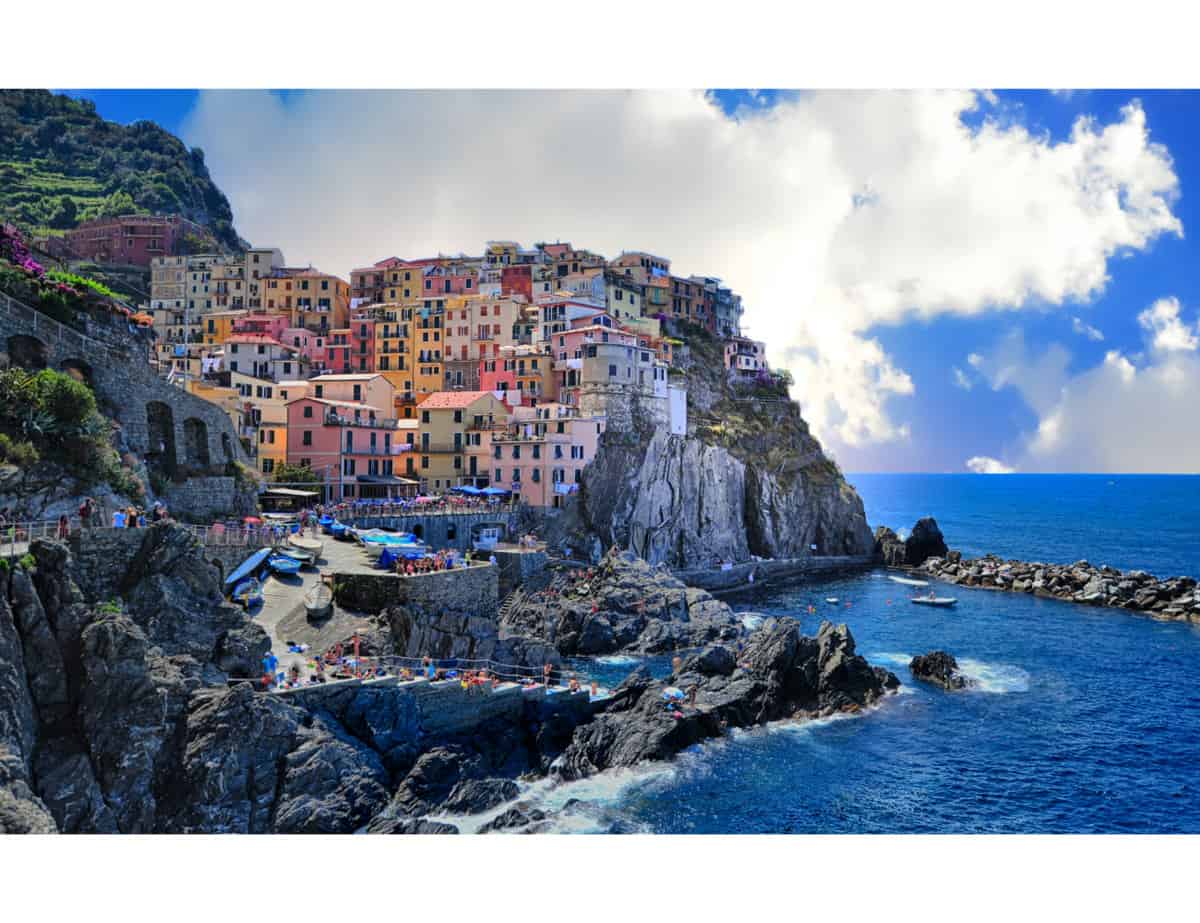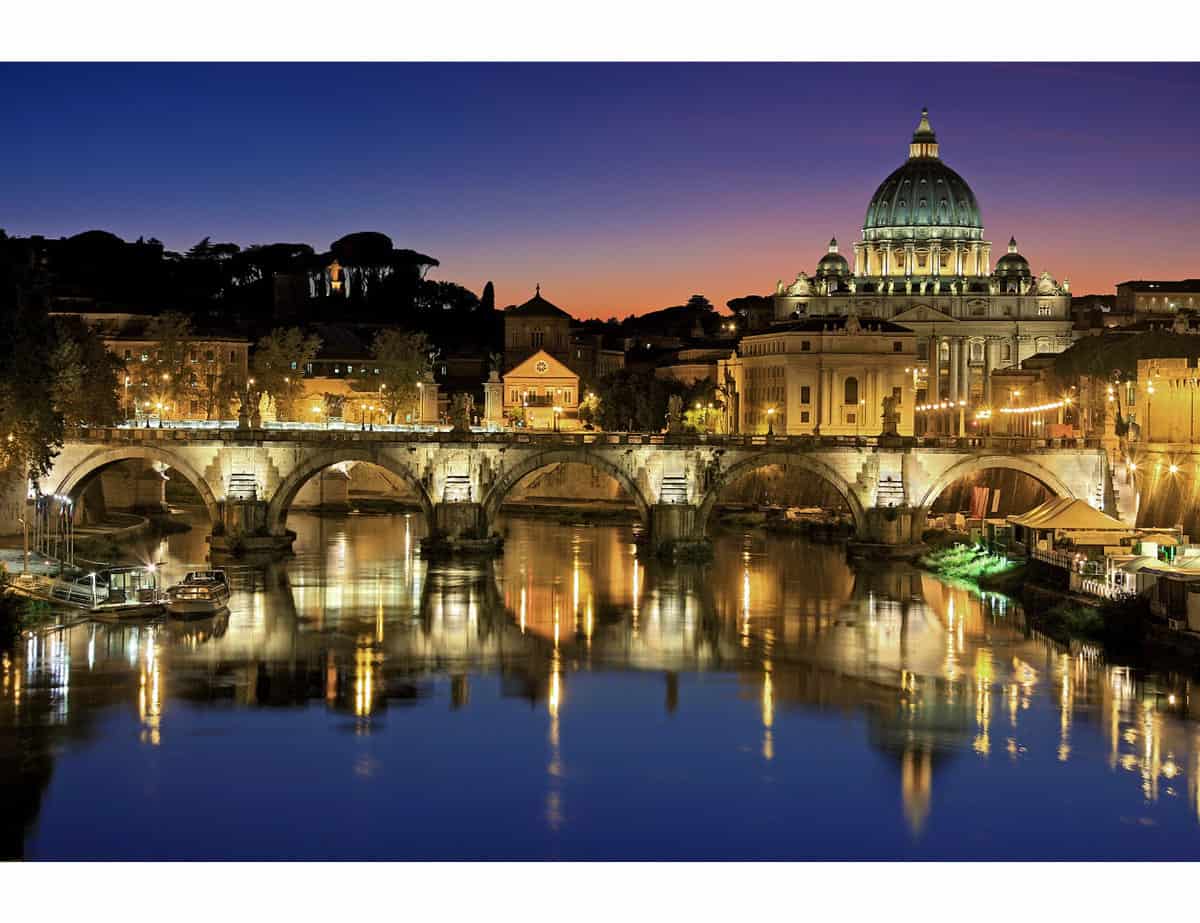Italy
Travel Guide
Italy is a land of timeless beauty which has been drawing visitors for centuries with its blend of art, history, and culinary delights. From the romantic canals of Venice to the ancient ruins of Rome, Italy’s diverse landscapes and iconic landmarks paint a vibrant picture of its past and present. Each region boasts its own unique charm, from the rolling vineyards of Tuscany to the sun-drenched beaches of the Amalfi Coast. But beyond its stunning scenery, Italy’s true allure lies in its people and their passion for life.
Italy’s geographical location on the Mediterranean has long been a source of its cultural and historical significance. Its stunning coastline stretches along the Tyrrhenian, Ionian, and Adriatic Seas, offering diverse landscapes, from the rugged Alps in the north to the sunny shores of the Med in the south. It is home to approximately 60 million people, and has a rich geographical and cultural fabric, which makes it a fascinating destination for travellers from around the world.


PRACTICAL INFORMATION
Language – Italian is the official language of Italy. While English is widely spoken in tourist areas and major cities, it’s a good idea to learn a few basic Italian phrases to help with communication, especially in rural or less touristy areas.
Entry Requirements – Visitors from many countries, including EU member states and the United States, can enter Italy for short stays (up to 90 days) without a visa. However, you’ll need a valid passport, and it’s wise to check the specific entry requirements for your nationality before traveling. For longer stays or other purposes, such as work or study, additional visas or permits may be required.
Climate – Italy experiences a diverse weather due to its geographical diversity. The coastal areas tend to have a Mediterranean climate with hot, dry summers and mild, wet winters. Inland regions, including the northern part of the country, have a more continental climate with colder winters. The best time to visit varies from one region to another, but generally, late spring (April to June) and early autumn (September to October) offer pleasant weather for exploring most of the country.
Transportation – Italy has an extensive and efficient transportation network. The train system, operated by Trenitalia, is a popular choice for traveling between cities and regions. Buses also provide good coverage, especially in rural areas. Major cities have airports with international connections, and there are domestic flights connecting various regions. In cities like Rome, Milan, and Naples, you can use the metro and tram systems for local travel. Uber is only available in big cities but works differently and tends to be more expensive than taxis.
Food –Italian cuisine is world-famous for its delicious flavours and regional diversity. Italy is also known for its fine wines and coffee culture. When dining in Italy, keep in mind that service charges are typically included in the bill, but it’s customary to leave small change as a tip. Tap water is safe to drink in most places, and in many places you find free water fountains which provides fresh water all year around. Rome alone has over 2,500 water fountains!

Things to be aware of before visiting italy
WHAT CAN I EXPECT FROM ItALY?
Visiting Italy allows for a rich and diverse range of experiences, including:
- Cultural Heritage: Italy is a treasure trove of art, history, and architecture. You will explore ancient Roman ruins, admire Renaissance masterpieces, and visit UNESCO World Heritage sites like the Colosseum and the historic centres of Florence and Venice.
- Scenic Beauty: Italy’s landscapes are incredibly varied, from the dramatic cliffs of the Amalfi Coast to the rolling hills of Tuscany and the stunning lakes in the north. The country’s natural beauty is a sight to behold.
- Culinary Delights: Italian cuisine is world-renowned for its delicious flavours and regional specialties. Expect a million type of pasta, pizza, gelato, and a wide array of fresh and flavourful dishes made from locally sourced ingredients.
- Vibrant Cities: Italy’s cities offer a mix of modernity and history. From bustling markets and charming neighbourhoods in Sicily to vibrant street life in cities like Rome and Florence.
- Warm Hospitality: Italians are known for their warmth and hospitality. You can expect friendly interactions and a welcoming atmosphere, especially in local villages and smaller towns.
- Fashion and Shopping: Italy is a fashion powerhouse, and cities like Milan are famous for their designer boutiques. You can indulge in shopping for high-quality clothing, leather goods, and accessories.
- Historic Churches and Cathedrals: Italy boasts an impressive collection of churches and cathedrals, including St. Peter’s Basilica in Vatican City, the Duomo in Florence, and the Basilica of San Marco in Venice.
- Wine and Vineyards: Italy is a wine lover’s paradise, with famous wine regions like Tuscany and Piedmont. You can tour vineyards, sample wines, and enjoy wine-tasting experiences.
- Outdoor Activities: Italy offers a range of outdoor activities, from hiking in the Dolomites and the Cinque Terre to all sorts of water sports along its picturesque coastlines.
- Diverse Regions: Italy’s regions each have their own distinct culture, cuisine, and traditions. Make time to explore the unique character of places like Sicily, the Veneto, and the Italian Alps.






